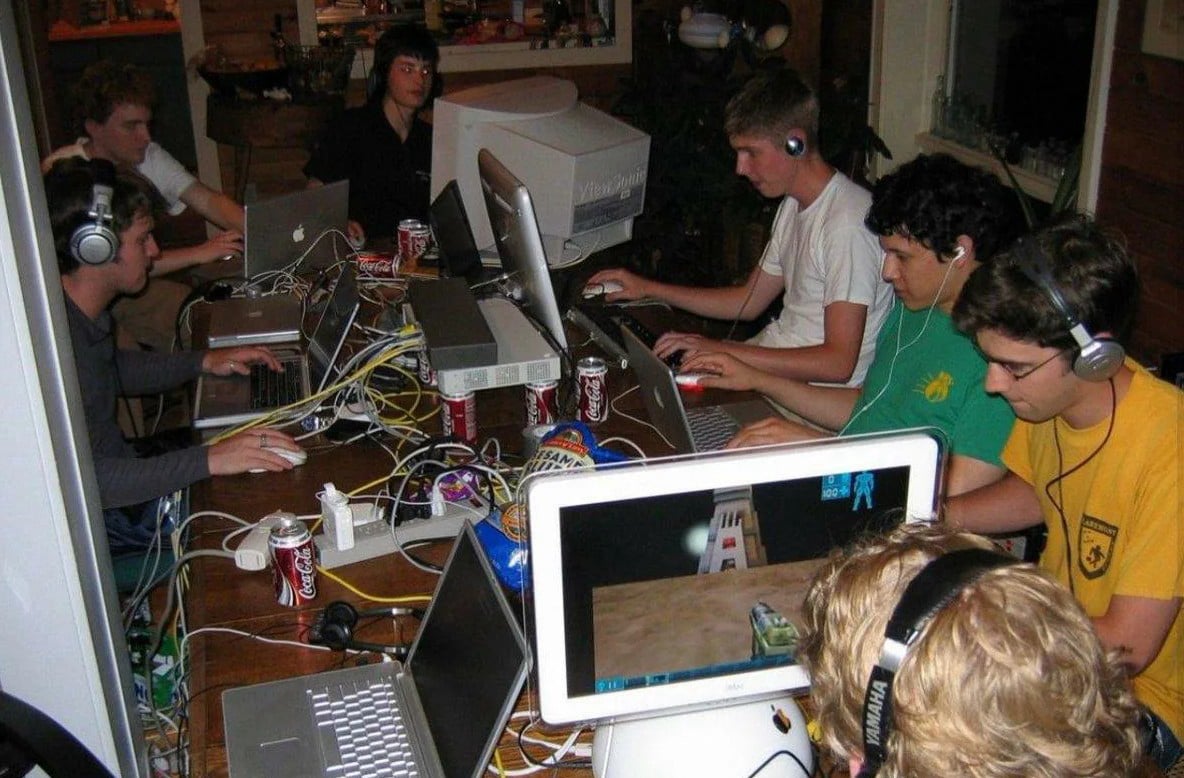
The Evolution of Multiplayer Gaming: From LAN Parties to Cloud Play
Multiplayer gaming has come a long way since the days of crowded LAN parties and dial-up connections. In the ‘90s and early 2000s, playing with friends meant lugging heavy PCs to a friend’s house or dealing with laggy internet. Games like Doom and Quake pioneered competitive play, but the real revolution came with broadband and online matchmaking.
The rise of Xbox Live, Steam, and later, Discord, transformed gaming into a social experience. Suddenly, players could team up or compete with others worldwide. Esports exploded, turning games like Counter-Strike and League of Legends into global phenomena. Today, battle royales and live-service games dominate, with titles like Fortnite and Apex Legends offering constant updates and cross-platform play.
Now, cloud gaming is pushing boundaries further. Services like GeForce Now and Xbox Cloud Gaming let players stream high-end games on modest hardware. The future may eliminate hardware limitations entirely, making multiplayer more accessible than ever.
From split-screen to global esports, multiplayer gaming has evolved into a cornerstone of modern entertainment. What’s next? VR social hubs, AI-driven opponents, and even more seamless cross-play integration. One thing’s certain—the best is yet to come.